 The investigation conducted by the Petroleum Safety Authority Norway (PSA) into the Floatel Superior stability incident on 7 November 2012 has yielded new knowledge about securing anchors and transport at transit draft. It has also exposed challenges related to regulations, classification and design assumptions.
The investigation conducted by the Petroleum Safety Authority Norway (PSA) into the Floatel Superior stability incident on 7 November 2012 has yielded new knowledge about securing anchors and transport at transit draft. It has also exposed challenges related to regulations, classification and design assumptions.
An unsecured anchor caused the hull of the Floatel Superior accommodation rig to be punctured in eight places on the night of 6-7 November 2012, leading to water intrusion in two tanks and a list of about 5.8 degrees.
The PSA has investigated this incident. See notification of orders after investigation of stability incident on Floatel Superior, 7 November 2012
Information has emerged in connection with the investigation which could be important for other players on the Norwegian continental shelf (NCS).
Securing anchors
One of the anchor bolsters on Floatel Superior lost three braces on the incident night as a result of damage which had arisen and developed over time.
Following these fractures, the remaining parts of the bolster were unable to prevent the anchor hitting the hull directly. The anchor hung free, and wave action caused to strike the hull repeatedly and cause seven holes.
A number of incidents have been reported which relate to anchors stowed in bolsters, both while the facility was in transit and during long-term stowage because of dynamic positioning (DP) operations and the like.
Keeping anchors in the bolsters over a long period, at or near the waterline, increases the risk of damage.
It is difficult to achieve a sufficiently stiff system for securing the anchors, particularly when using wire rope rather than chain. Wire rope is not an optimum choice for holding an anchor in place.
If anchors are to be stowed in bolsters during a storm, the investigation shows that careful calculations must be made of the loads which anchors and bolsters could experience during transport or operation.
Robustness
If the hull is to withstand direct blows from anchors, its dimensions might need to be considerable. Simply using a more robust bolster structure is not enough, but could be a way of protecting against anchor damage.
A number of bolsters on other facilities have an extra horizontal brace between the wear surface and the hull. This could delay the anchor striking the hull, but an unsecured anchor might also “sail” over it. The effect of the additional brace is then lost.
Another key element is the tension to be used in keeping the anchors in place. Industry practice has been to use 40-50 tonnes of winch tension on the anchor stowed in the bolsters. Even then, movement with consequent damage has been reported.
Additional measures are accordingly necessary. It has not been normal practice to secure or lash anchors on semi-submersibles, since the area between fairlead, anchor and bolster is hard to access.
To prevent similar incidents when the decision has been taken to stow anchors in the bolsters during transport and operation, great attention must be paid to winch tension.
This must be viewed in conjunction with the position of the anchor in relation to:
- relevant drafts of the facility
- the attachment of the anchor to the bolster
It is important that owners ensure that their facilities do not suffer damage if anchors have been stowed in the bolsters over a long period. Ensuring that new damage does not occur is also important.
Transport at transit draft
The PSA takes the view that Floatel Superior had suffered damage before it was taken into use on the NCS because it had been transported in higher waves than permitted by its operations manual and analyses. This damage had probably worsened in bad weather up to the incident night.
Semi-submersibles are normally transported at transit draft because they then experience minimum resistance and can be moved swiftly.
The hull designer applies assumptions concerning the weather and specifies limits for the conditions in which the facility can operate.
It is important that owners ensure that their facilities are and have been used in accordance with the weather assumptions at transit draft.
Should there be nonconformities, furthermore, possible effects on the hull of operating beyond the design assumptions should be analysed or inspected in order to establish the consequences of such operation for continued use of the facility.
Regulations, classification and design assumptions
The PSA’s investigation has shown that the combination of DP and classic mooring calls for adjustments to standards and classification rules to take account of a number of systems in a coherent manner. The PSA will follow this up with the classification societies.
Damage development on Floatel Superior can be traced throughout its operational history. The design and operating assumptions have been inadequately communicated and documented to take account of the reciprocal effects.
The investigation has demonstrated that earlier and more detailed follow-up of questions and observations from people involved could have halted or reduced development of the damage.
It is a general observation that clearer communication and better mutual understanding between those involved are important for reducing risk in complex systems.
.


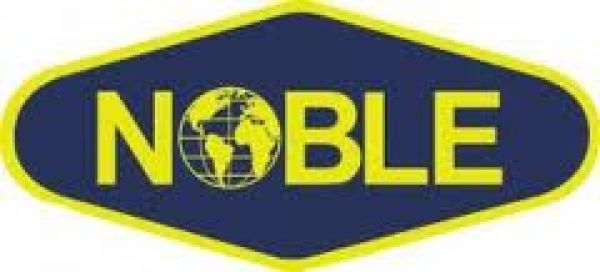
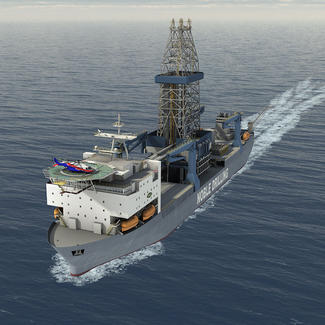
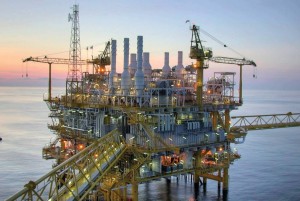
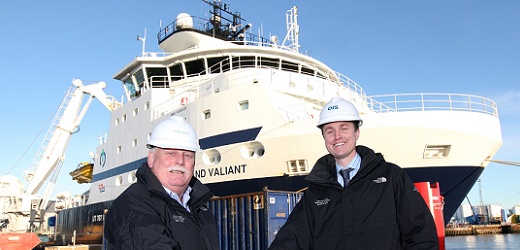
 The Bureau of Ocean Energy Management has released a Final Supplemental Environmental Impact Statement (SEIS) for proposed oil and gas Lease Sales 233 and 231, the third and fourth sales scheduled in the current 2012-2017 Five Year Program.
The Bureau of Ocean Energy Management has released a Final Supplemental Environmental Impact Statement (SEIS) for proposed oil and gas Lease Sales 233 and 231, the third and fourth sales scheduled in the current 2012-2017 Five Year Program.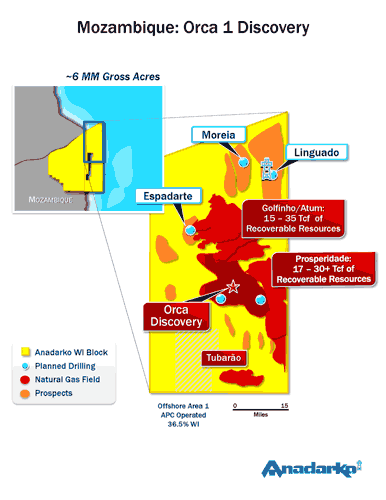
 The investigation conducted by the
The investigation conducted by the 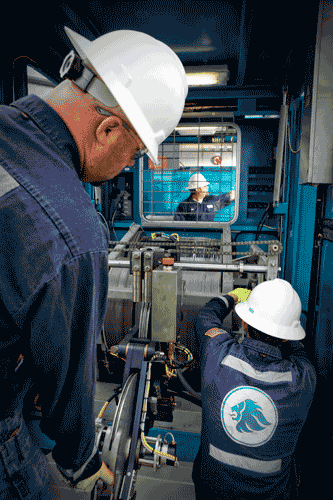 Leading international oilfield services company
Leading international oilfield services company